What Is Nature?
Understanding the Essence, Diversity, and Significance of the Natural World
Introduction
Nature is a word that evokes a multitude of images and emotions: the vastness of a forest untouched by human hands, the roar of the ocean's waves against a rugged coast, the delicate flutter of a butterfly’s wings, and the silent, gradual shift of the seasons. But what exactly is nature? Is it merely the world outside our windows, a collection of trees, rivers, and mountains? Or does it run deeper, threading itself through the core of life and existence itself?
To explore the meaning of nature is to embark on a journey through the sciences, the arts, philosophy, and personal reflection. Nature encompasses the totality of the physical universe, the living and non-living things that exist independently of human intervention, and the processes that sustain life and drive change.
Defining Nature
At its most basic, nature refers to the phenomena of the physical world, including plants, animals, the landscape, weather, and other features and products of the earth, as opposed to those created by human beings. It is the sum of all living and non-living things occurring naturally, meaning they are not created or significantly altered by humans.
This definition, however, is just a starting point. Nature is not a static entity but a dynamic system, constantly changing and evolving. It includes the tiniest microorganism thriving in a drop of water to the grandest galaxy spinning in the cosmos. From the atmosphere that envelops our planet to the magma churning beneath the crust, nature is the collective expression of all processes and patterns that shape our universe.
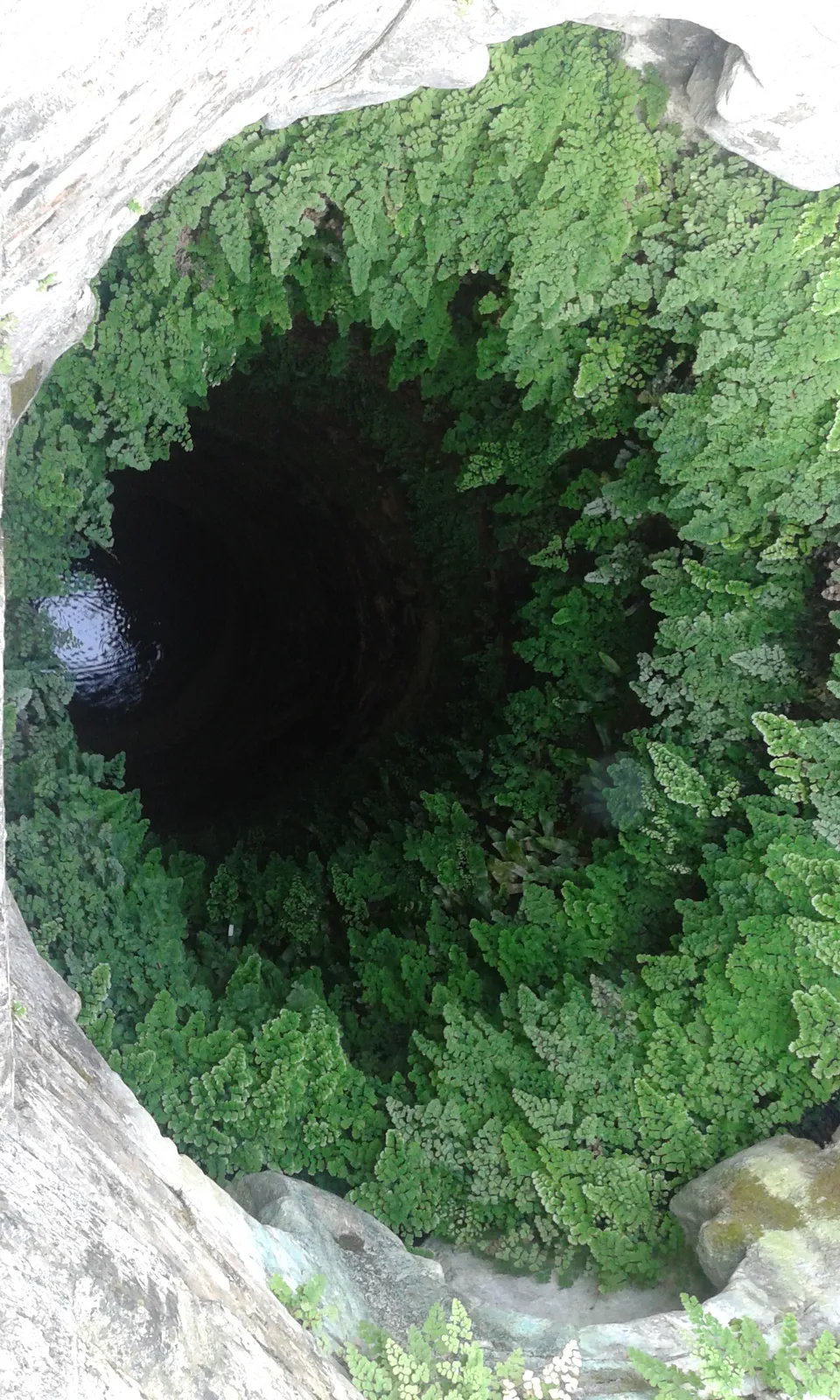
The Components of Nature
The Living World: Flora and Fauna
One of the most immediate aspects of nature is the living world—plants, animals, fungi, and microorganisms. This tapestry of life is known as biodiversity, and it is the product of billions of years of evolution. Forests, grasslands, wetlands, and oceans are homes to countless species, each playing a specific role in their ecosystems, from the pollination of flowers by bees and birds to the decomposition of dead material by fungi and bacteria.
Flora (plant life) provides the foundation for most terrestrial ecosystems: they convert sunlight into energy through photosynthesis, produce oxygen, and cycle nutrients essential to all life forms. Fauna (animal life), from the tiniest insect to the largest whale, interact with plants and each other in complex webs of interdependence.
The Non-Living World: Land, Water, and Air
Nature is not limited to living things; it also encompasses the non-living components that form the stage upon which life unfolds. The earth’s landforms—mountains, valleys, deserts, and plains—have been shaped over millennia by geological forces such as tectonic activity, erosion, and volcanic eruptions. Water, in its myriad forms (oceans, rivers, lakes, glaciers, rain, and groundwater), is essential for life and helps regulate the planet’s temperature and climate.
The air we breathe is a vital part of nature, a mixture of gases that sustains life and supports essential cycles such as the carbon and nitrogen cycles. Weather phenomena—wind, rain, snow, lightning—are all natural events that influence the environment and life upon it.
Natural Processes and Cycles
Nature operates through a series of interconnected processes and cycles. The water cycle describes the continuous movement of water above, on, and below the surface of the Earth. The carbon cycle details how carbon is exchanged among the biosphere, geosphere, hydrosphere, and atmosphere. The food chain illustrates the transfer of energy from one organism to another. These cycles maintain balance, resilience, and the ongoing renewal of life.
Nature and Humanity
Humans, for most of our history, lived in intimate connection with nature. Our ancestors depended on the rhythms of nature for food, shelter, and survival. Nature provided inspiration for art, religion, and philosophy. However, with the advent of agriculture, cities, and technology, humans began to shape and sometimes dominate the natural world.
Despite our ability to alter and manipulate our environment, we are still part of nature and subject to its laws. Our bodies function according to the same biological principles as all other life forms. Our economies depend on natural resources. Our cultures reflect our relationships with the landscapes in which we live.
In recent times, the impact of human activity—deforestation, pollution, climate change, extinction—has highlighted the delicate balance between society and nature. As we become more aware of our influence, the importance of respecting, protecting, and understanding nature has come to the forefront of global consciousness.
Maltese Nature
Maltese nature is a mosaic of land and sea, shaped by wind, sun, and the enduring spirit of its people. Despite the challenges of modern life, the archipelago’s wild places and the creatures that inhabit them endure—fragile, resilient, and profoundly beautiful. Whether wandering through sunlit garigue, diving beneath turquoise waves, or listening to the cry of a shearwater at dusk, one discovers that nature in Malta is not merely scenery, but a living heritage worth cherishing and protecting for generations to come.
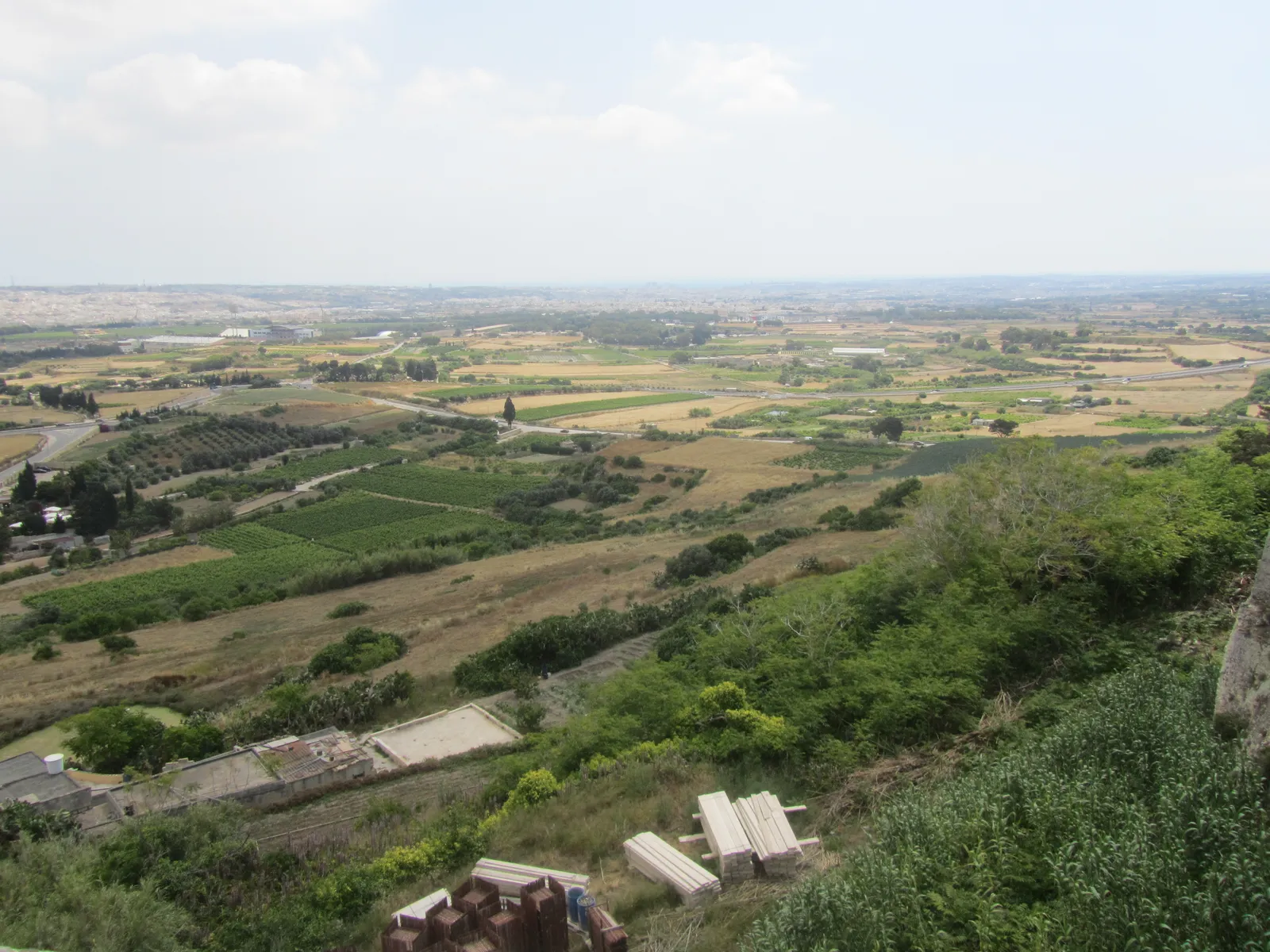
Malta’s natural environment is a unique blend of Mediterranean biodiversity, dramatic landscapes, and coastal beauty. Here's a concise summary of its key features:
Flora and Fauna
- Flora: Despite its small size and arid climate, Malta hosts over 1,000 species of plants, including endemic ones like the Maltese rock-centaury (Cheirolophus crassifolius), the national plant.
- Fauna: Wildlife includes various reptiles, insects, and migratory birds. The islands are a crucial stopover for birds traveling between Europe and Africa.
Landscapes
- Geology: Malta is composed mainly of limestone, creating rugged cliffs, caves, and sinkholes.
- Countryside: Terraced fields, garigue (low scrubland), and valleys dominate the rural landscape.
Marine Environment
- Coastline: Surrounded by the Mediterranean Sea, Malta boasts clear waters, sea caves, and sandy and rocky beaches.
- Marine Life: Rich in biodiversity, the waters are home to groupers, octopuses, seahorses, and occasionally dolphins and turtles.
Climate
- Mediterranean Climate: Hot, dry summers and mild, wet winters support a variety of ecosystems adapted to seasonal changes.
Explanation of Maltese Nature here
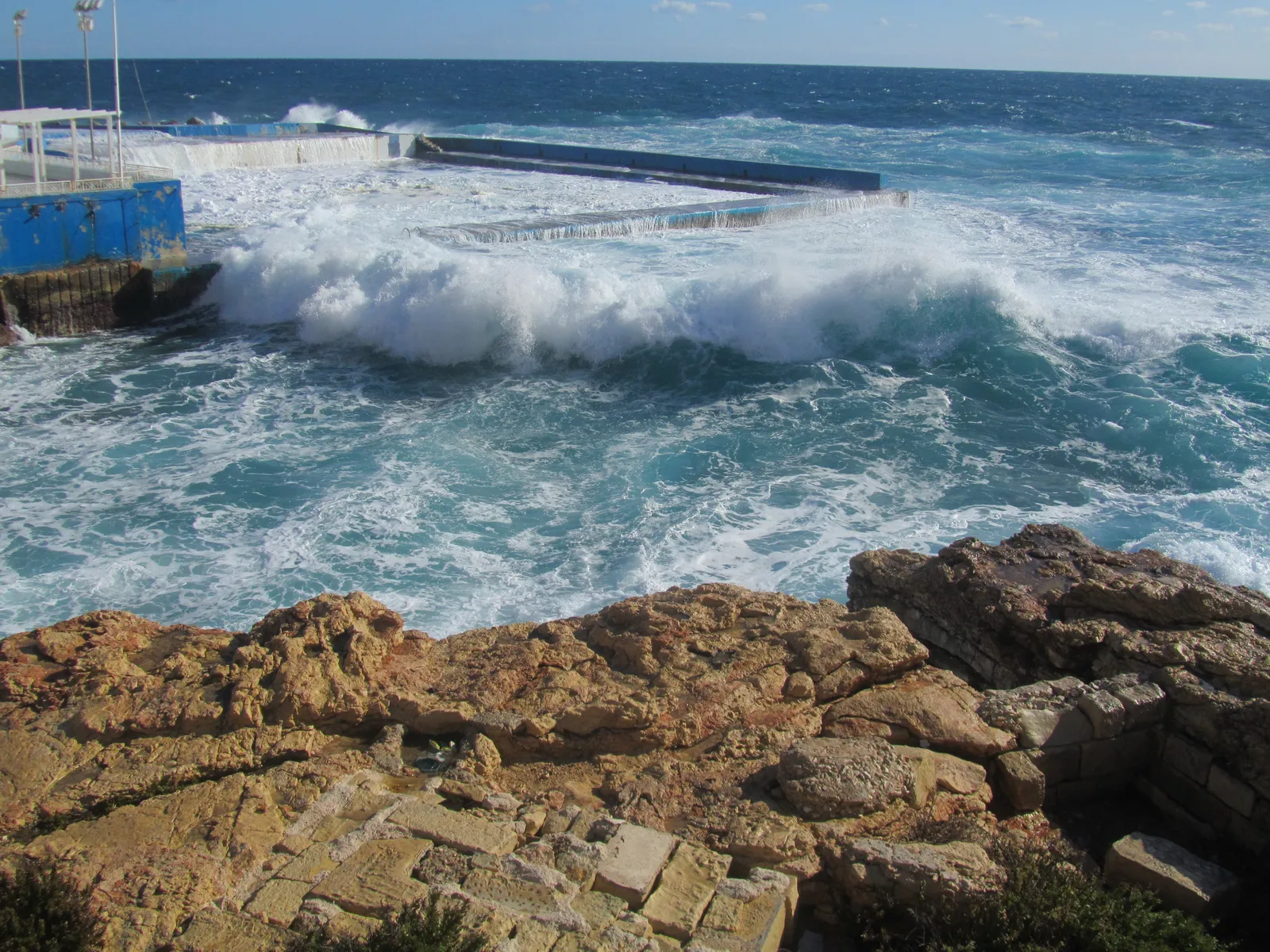
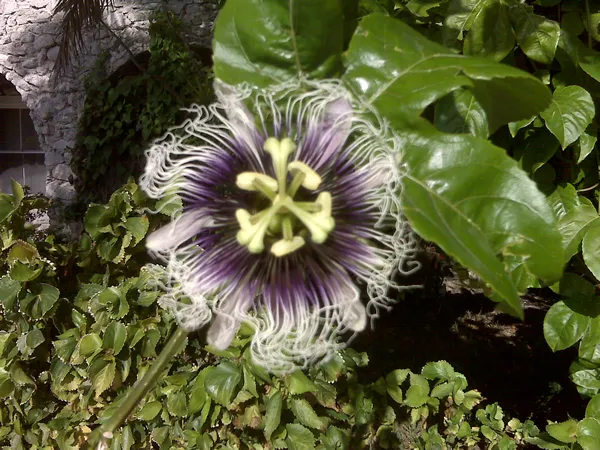
The Value of Nature
Ecological Value
Nature provides what are known as ecosystem services: processes and resources that sustain life and human civilization. Clean air and water, fertile soil, pollination of crops, regulation of climate, and the recycling of nutrients are all products of natural systems. Maintaining healthy ecosystems is essential not only for other species, but for our own well-being.
Cultural and Spiritual Value
Throughout history, nature has been a source of inspiration, beauty, and meaning. Many cultures view certain natural sites as sacred or imbued with spiritual power. Poets, painters, and musicians have turned to nature as a muse, seeking to capture its majesty and mystery. Outdoor activities—hiking, gardening, birdwatching—provide solace and joy, fostering a sense of connection and peace.
Economic Value
Nature is the foundation of the global economy. Agriculture, forestry, fishing, and tourism all rely on healthy natural systems. Even modern industries depend on raw materials, water, and energy derived from nature. The loss of biodiversity and degradation of ecosystem services can have profound economic impacts, reminding us that protecting nature is not just an ethical or aesthetic choice, but a practical necessity.
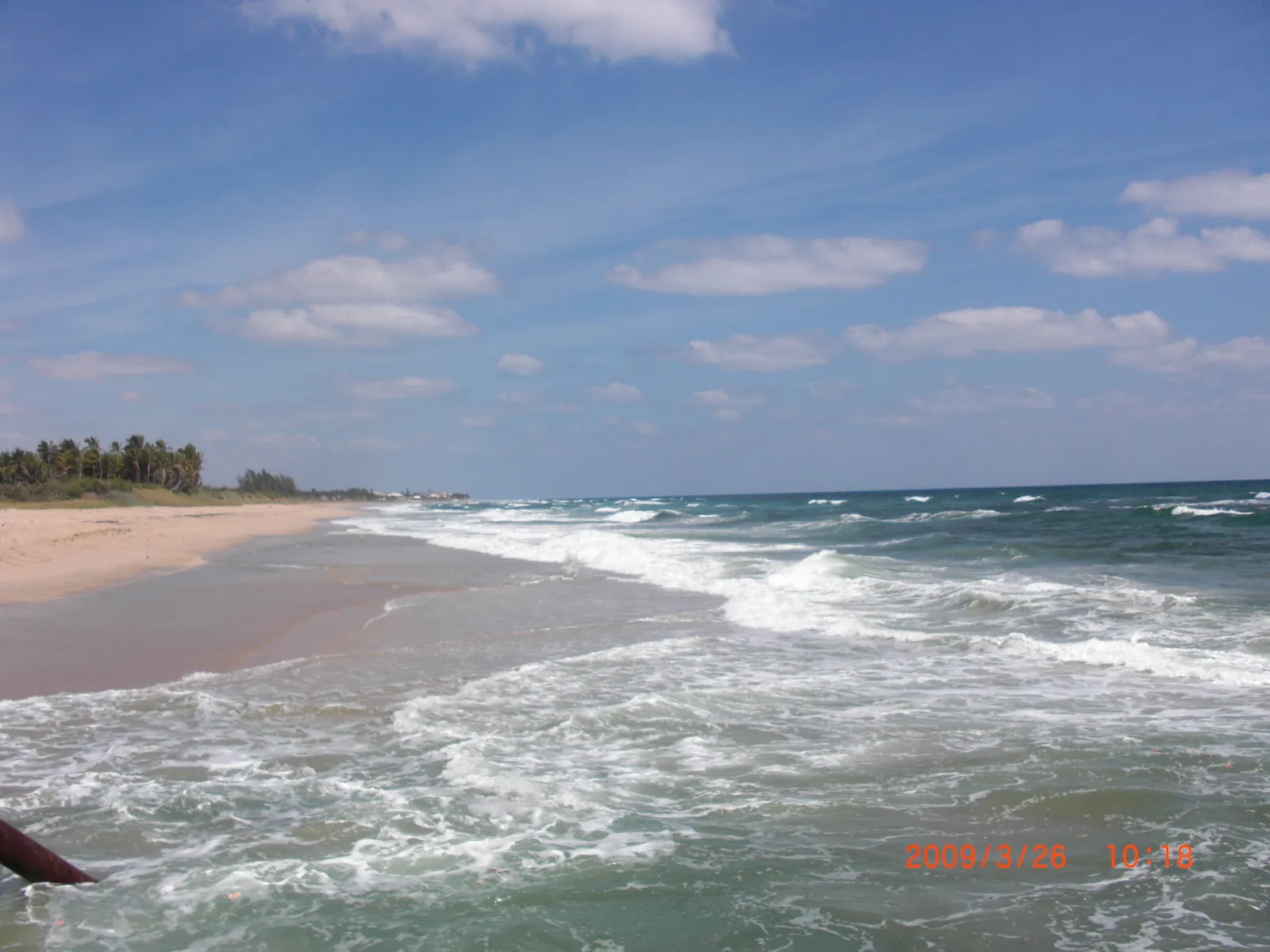
The Beauty and Wonder of Nature
One of the most striking features of nature is its diversity and complexity. From the intricate symmetry of a snowflake to the migration of monarch butterflies across continents, nature is filled with wonders that inspire curiosity and awe. The interdependence of every living and non-living element creates patterns of remarkable elegance and resilience.
Scientific exploration continually reveals new marvels: the depths of the oceans, the intricacies of DNA, the vastness of the universe. At the same time, nature is accessible in the simplest moments—a sunset, the sound of rain, the scent of wildflowers.
Nature in the Modern World
Today, many people live in urban environments, surrounded by technology and removed from wild spaces. Yet, the need for connection to nature remains. Studies show that spending time in natural settings reduces stress, improves health, and enhances creativity. Urban parks, gardens, and green spaces offer vital links to the natural world.
Environmental challenges—from climate change to habitat loss—underscore the need to reimagine our relationship with nature. Conservation efforts, sustainable development, and ecological education are crucial for ensuring that future generations inherit a planet rich in life and possibility.
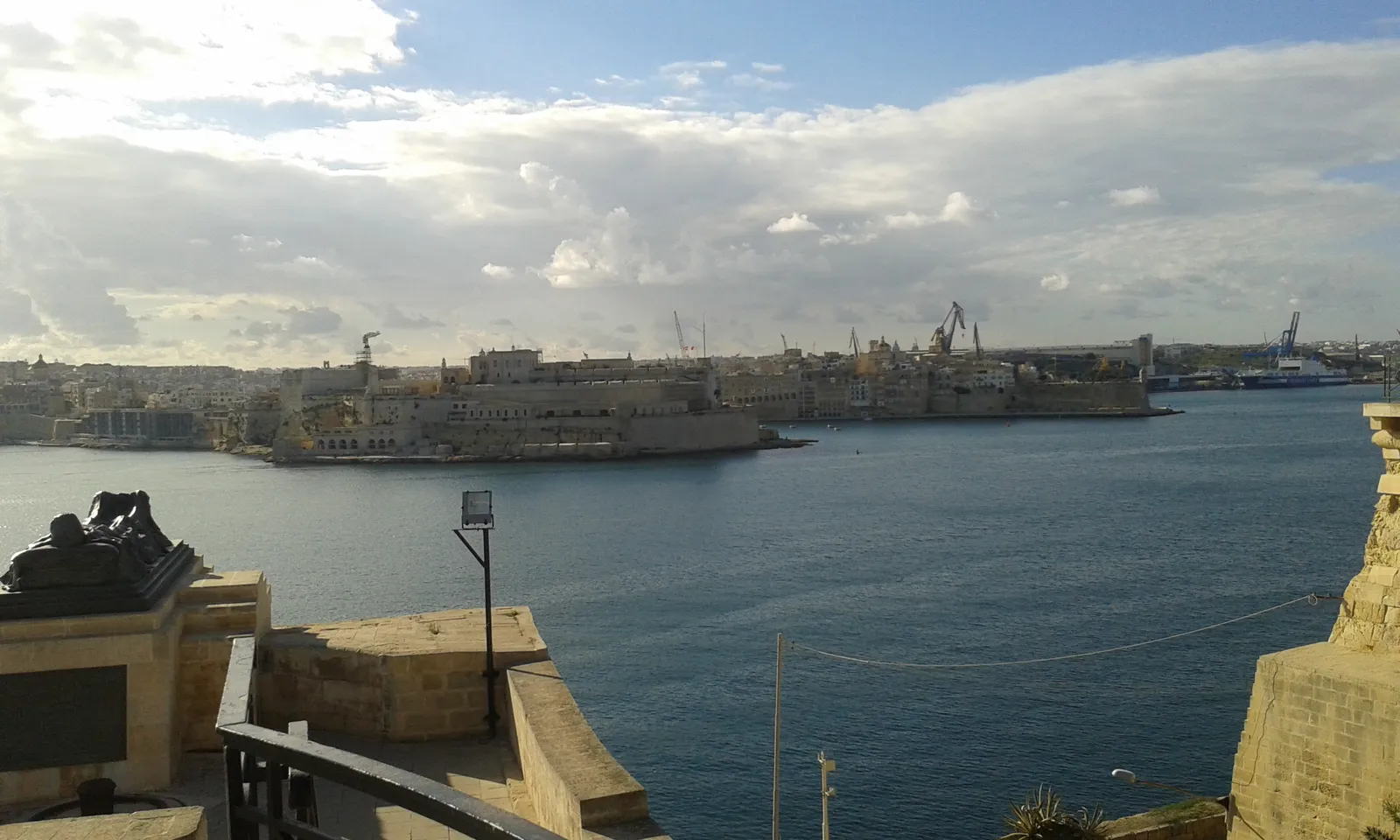
In Essence
Nature is, in essence, the sum total of all that exists outside of human creation and control, yet it is also the very thing from which we arise and upon which we depend. It is both vast and intimate, complex and accessible, relentless and nurturing. To understand nature is to understand our place in the world. To protect it is to protect ourselves and the future of all life on Earth.
Whether experienced in the grandeur of a mountain range, the serenity of a forest, or the delicate balance of an ecosystem, nature calls us to observe, learn, and act with humility and wonder. Its story is our story—a symphony of interconnection, resilience, and beauty that continues to unfold with every passing moment.